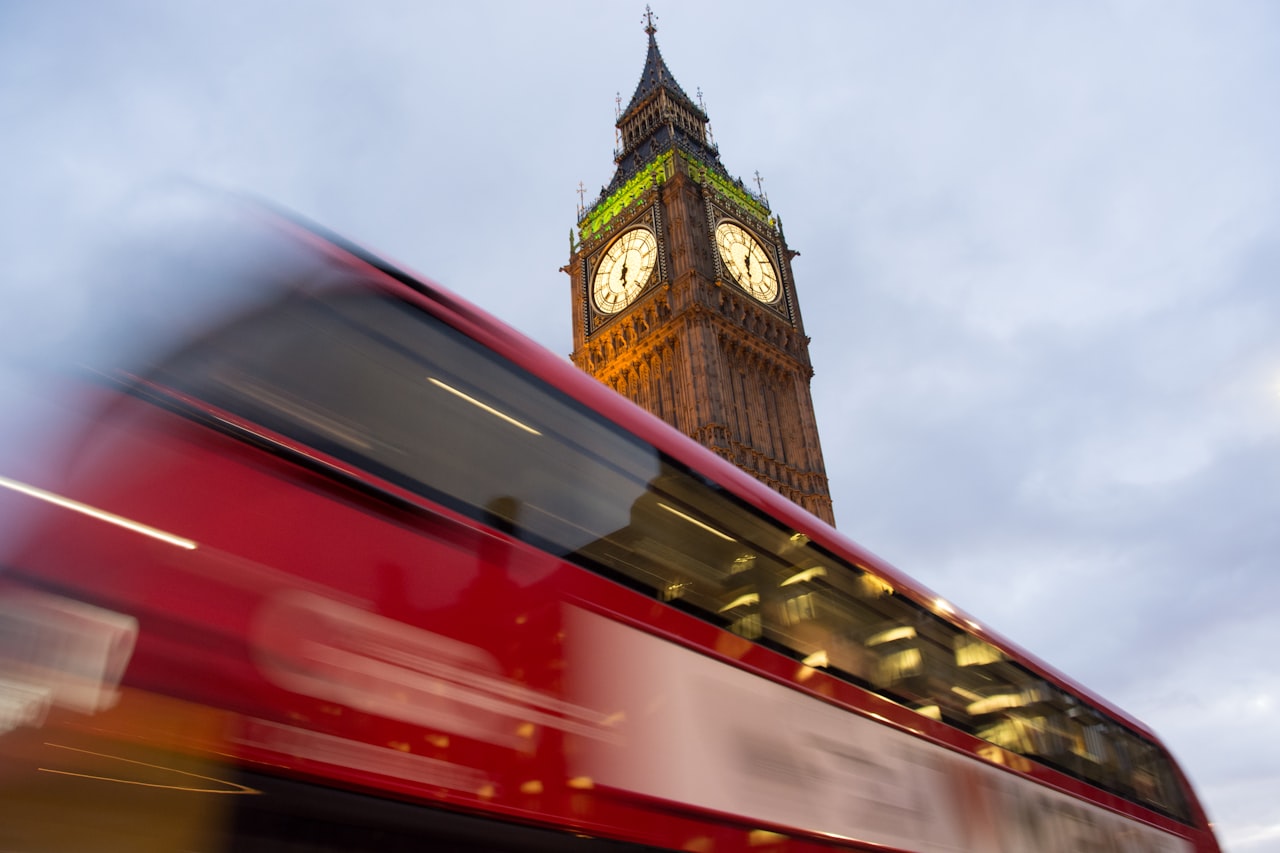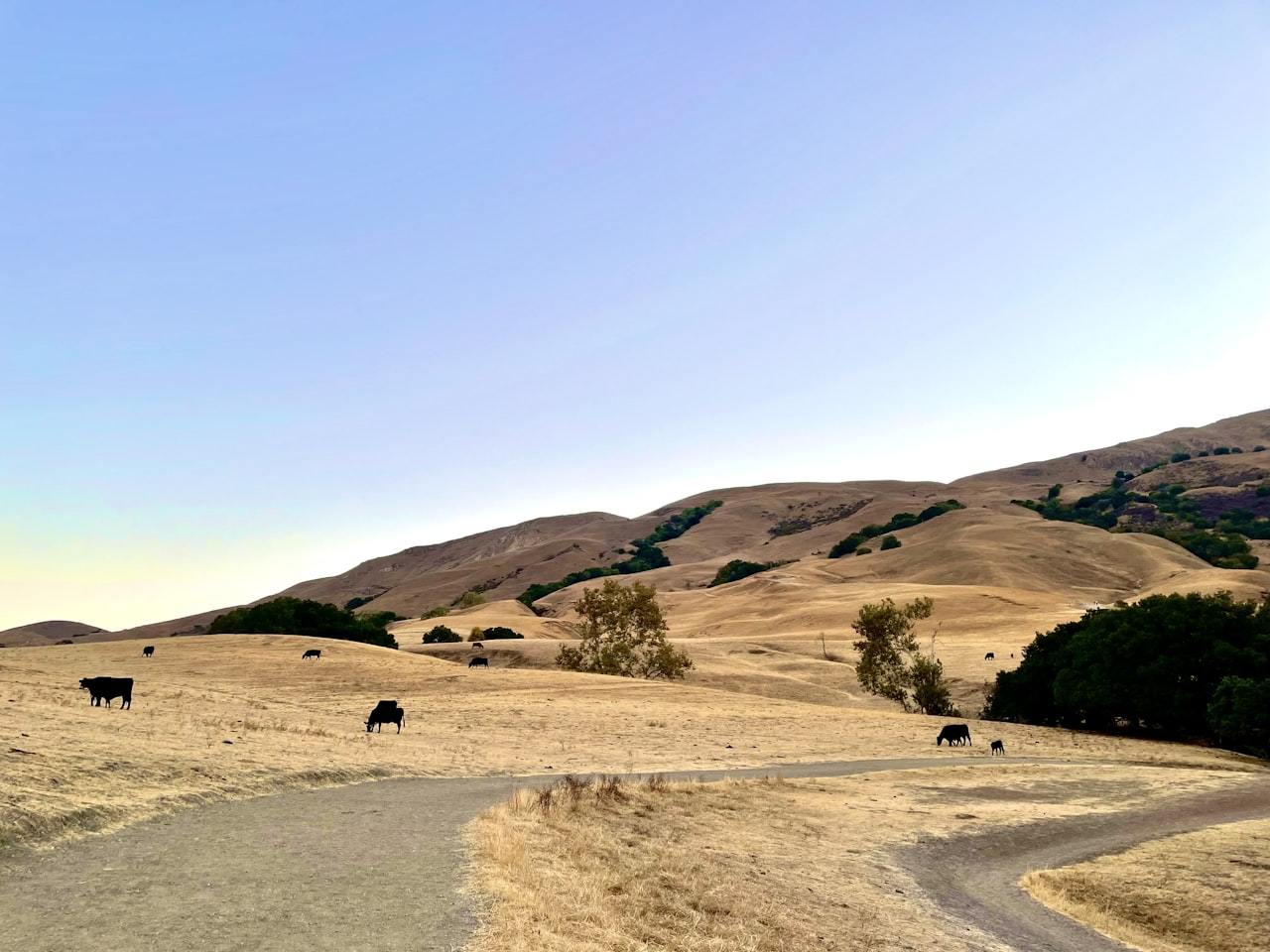AI isn’t just rewriting code—it’s redrawing the U.S. map.
Over the next decade, artificial intelligence will funnel people, capital, and construction cranes toward some metros while siphoning them away from others. Below is a concise, real-estate–focused scorecard of the likely American winners and strugglers at the 5-year mark (≈ 2030) and the 10-year mark (≈ 2035).
Where the AI Boom Should Super-charge Real-Estate Demand
| Metro | Why It Wins | Near-Term (5 yr) | Longer-Term (10 yr) |
|---|---|---|---|
| San Francisco Bay Area | 42 % of U.S. AI companies + $90 B VC in 2024; OpenAI and peers leasing millions of sq ft | Condo & Class-A office rebound; new data-center builds | Chronic housing shortage keeps prices high unless zoning loosens |
| New York City | 2,000+ AI startups; OpenAI’s 90 000-sq-ft SoHo foothold | Midtown–SoHo leasing revival; multifamily rents climb | Transit and housing capacity become make-or-break issues |
| Seattle | #2 in new AI job postings (74.4 per 100k residents); Microsoft & Amazon cloud-AI arms race | Office absorption in South Lake Union; suburban tech parks expand | Power-grid & transit upgrades needed for data-center growth |
| Boston / Cambridge | MIT-Harvard engine + top-6 global AI hub; heavy robotics & biotech-AI crossover | Lab/office pre-leasing around Kendall Sq.; steady housing appreciation | High costs could cap net in-migration unless supply increases |
| Austin | Continues to attract AI/autonomous-vehicle firms; fresh arrivals (Adastra, Omnicell) | New suburbs pop; rents stay elevated despite 0.4 % city-core pop growth | Affordability the pivot—solve it or talent drifts to cheaper Sunbelt peers |
| Atlanta | Georgia Tech is the nation’s top AI-talent source; rising fintech/logistics AI cluster | Midtown multifamily & data-center boom; healthy office absorption | If transit & public-safety improve, growth snowballs through 2035 |
Cities That Could Stall Without Bold Reinvention
| Metro | Core Risk | Real-Estate Outlook |
|---|---|---|
| Detroit | Manufacturing/transport roles highly exposed to AI; limited startup scene | Housing recovery fragile; vacant industrial sites if automation outpaces retraining |
| Hartford, CT | Insurance back-office automation + brain drain | Flat-to-falling office demand; residential prices stagnate |
| Cleveland | Outside the 10 metros that capture > 50 % of gen-AI jobs; modest VC flow | Little new CRE development; home-price growth trails national pace |
| Minneapolis | White-collar HQ jobs ripe for AI stream-lining; governance/crime worries deter talent | Housing plateaus; potential office downsizing unless local AI ecosystem scales |
Key Takeaways for 2030 – 2035
-
Concentration, not diffusion. More than half of new gen-AI jobs already cluster in just ten U.S. metros; real-estate gains will follow that talent gravity.
-
Big-city exposure cuts both ways. Tech hubs enjoy an AI productivity dividend but also face the greatest task-automation pressure—43 % of San Jose workers could see half their tasks touched by AI.
-
Real-estate bifurcation. Expect premium rents and land values in AI hotspots, while midsized service/manufacturing metros risk office vacancies and slow housing demand.
-
Policy matters. Cities that pair AI-sector courting with housing supply, transit, and up-skilling can still jump brackets; those that don’t may drift downward even with solid legacy industries.
Bottom line:
If you sell, build, or invest in property, follow the GPUs. The metros training models today will be pouring concrete tomorrow—while less-adaptive cities may watch “For Lease” signs fade in the sun.




























































































